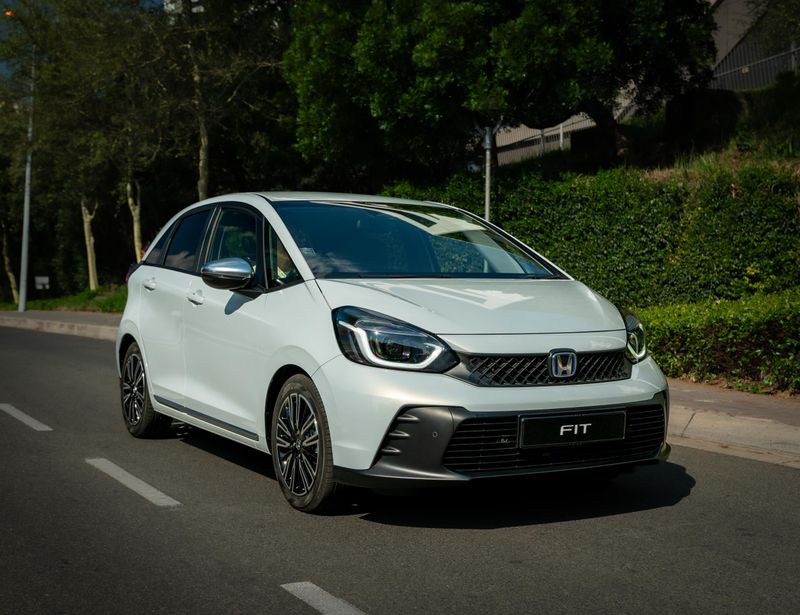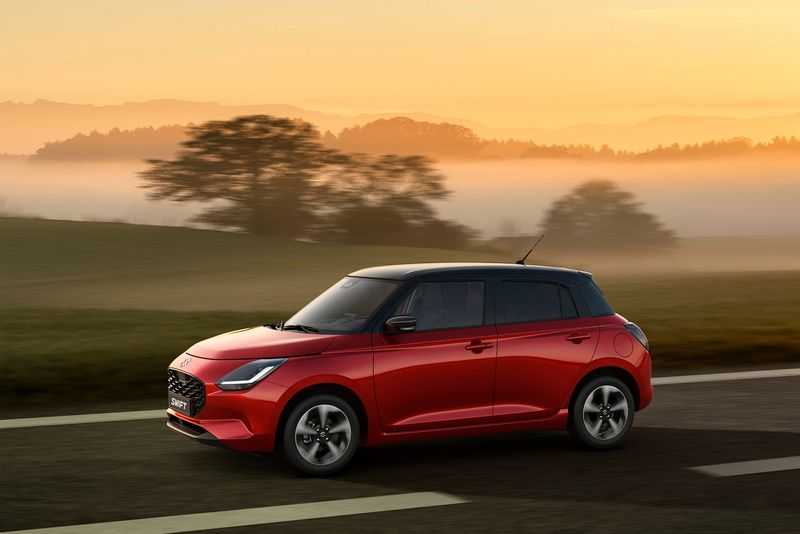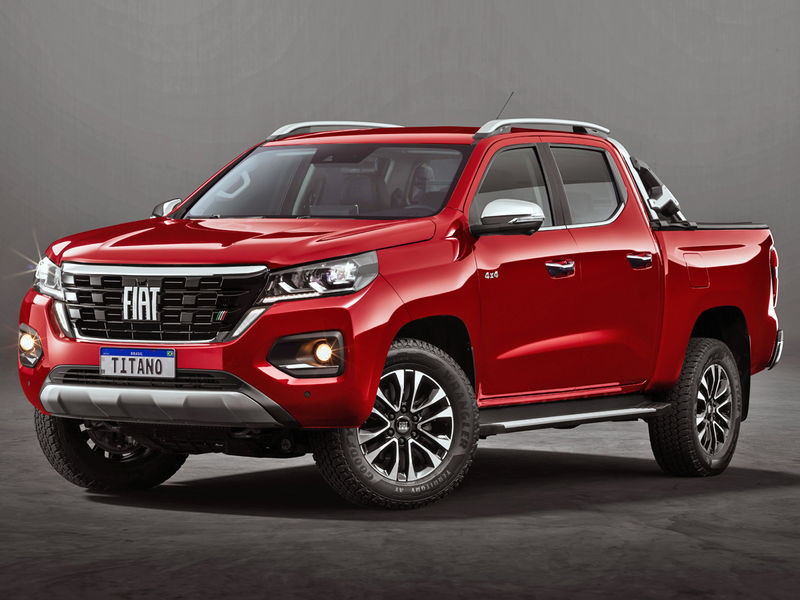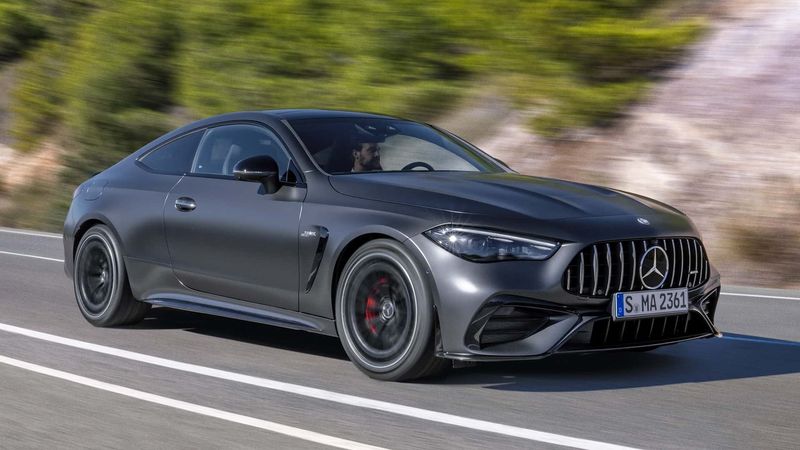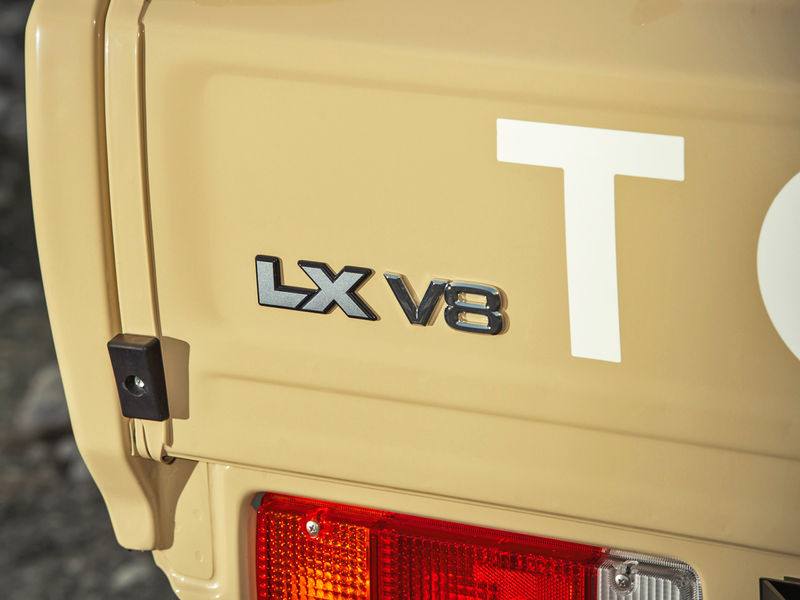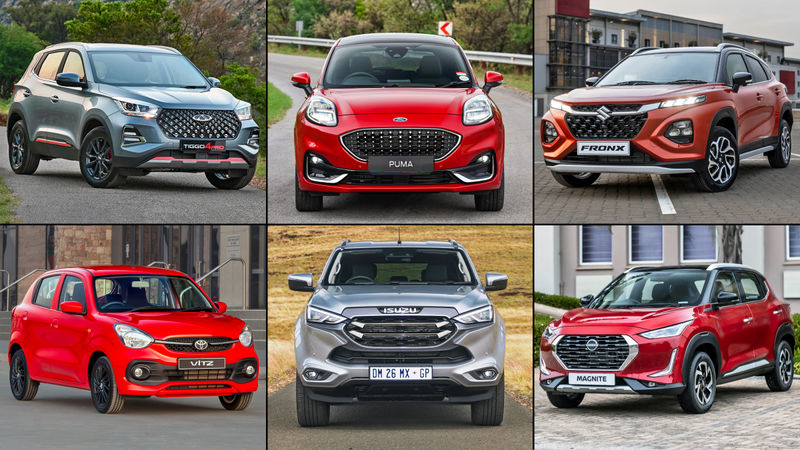




Hyundai says the “redesigned” Santa Fe “goes beyond a mere facelift”. Although suggesting that the newcomer offers “more space, comfort, and convenience” than its (TM) predecessor, the Korean firm stoppedshort of confirming that itis underpinned by the new N3 platform, on which the Santa Fe’s Kia Sorento cousin (which was officially revealed online in March) is based. We believe it is, however.
The images also confirm what we’ve known since Hyundai teased the refreshed Santa Fe’s front-end design last week… The newcomer features an elaborate grille, which practically spans the width of the car, as well as characteristic T-shaped LED daytime running lights that sprout from the ends of the slim top lamps and “extend downwards” to bisect the headlamp clusters.

The Sante Fe looks even more rugged with black cladding; the Luxury spec adds 20-inch wheels and colour-coding.
Hyundai’s new Sensuous Sportiness design language (known for its “parametric dynamics”) is clearly toned down for the “redesigned” Santa Fe, but the signature geometric-patterned mesh of the grille and the inward-facing, Y-shaped, grey bumper inserts are nods to contemporary models from the Seoul-based firm.
The side profile is characterised by an unbrokenshoulder line that connects the DRL to the tail-lights and the 7-seater SUV's wider wheel arches house 20-inch wheels. At the back, a slim illuminated bar connects the tail-light clusters and a wide rear reflector runs parallel to it. A grey skid plate and (ice) hockey-stick-shaped inserts, meanwhile, complement the side strips and front bumper accents.

Note how the shapes of the front bumper accents are mimicked by the tail-lamp clusters; they point outward, however.
Apart from facilitating a hybrid (including plug-in) powertrain, the N3 platform provides slightly more interior space in the Santa Fe by virtue of its longer wheelbase. Apart from the redesigned dashboard, the centre console has been raised; it features shift-by-wire transmission buttons, seat heating and cooling toggles and a pair of metal-look climate control adjustment barrels.
And, for the first time, the new Santa Fe comes with a Terrain Mode selector that allows its drivers to conveniently switch between different drive modes. This feature includes unique modes for sand, snow and mud, as well as eco, sport, comfort and smart modes, the last of which automatically recognises the driving style and optimising the vehicle’s performance and all-wheel-drive settings.

The enlarged touchscreen infotainment screen complements the 12.3-inch fully-digital instrument cluster.
Apart from adorning the cabin with swathes of leather and soft-touch surfaces, the 7-inch touchscreen infotainment system has been replaced by a 10.25-inch unit with satnav, reverse-view camera display and diverse in-car entertainment and connectivity features. The new centre console layout is said to have freed up more storage space in the redesigned lower dashboard.
We'll bring you more details of the updated Santa Fe's ETA in the South African market as soon as more detail becomes available…
Next-gen Kia Sorento Fully Revealed
Hyundai Santa Fe 2.2D Premium (2019) Review
Kia Grand Sedona 2.2 CRDi SXL (2019) Review
Spied: Hyundai Double-Cab Bakkie in Profile
